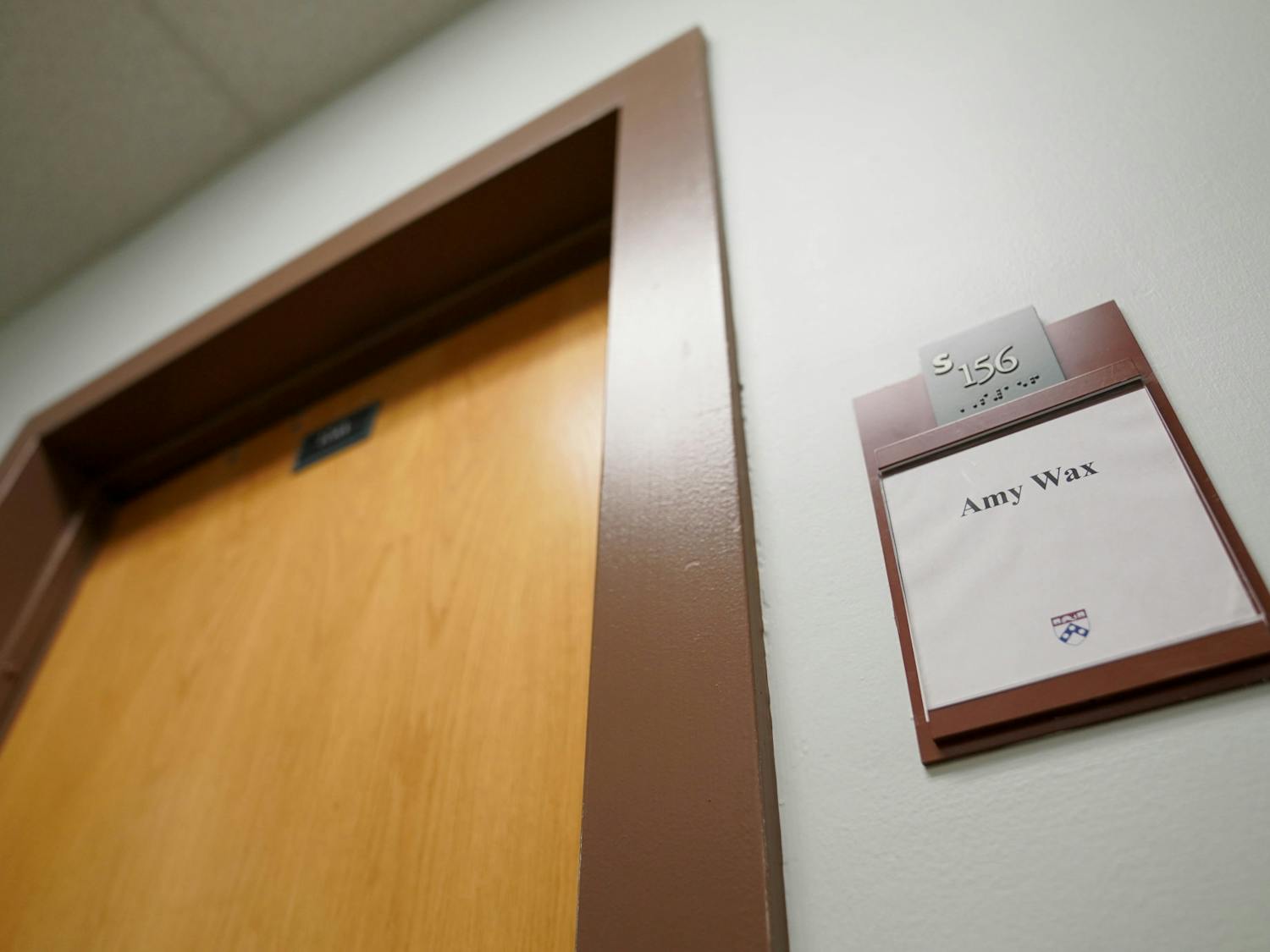An independent investment management firm projects grim returns on Penn's endowment for the next year, but University officials are more optimistic.
Penn's 8.5 percent return for the last fiscal year was a full percentage point below the average for university endowments nationwide, according to a report by the Commonfund Institute, which manages investments for nonprofit institutions.
Next year, the Commonfund Institute says, may be even worse.
Institute Executive Director John Griswold projects that returns for the 2006 fiscal year will be in the mid- to high single digits.
But this number does not bother Penn Executive Vice President Craig Carnaroli.
He says the target for this fiscal year's returns is 9.6 percent, but added, "Any given year we can be under that target."
And with the outlook for the next fiscal year bleak for universities across the country, Carnaroli says 9.6 percent is a reasonable goal.
The first quarter of the current fiscal year saw 4.5 percent returns, Penn Chief Investment Officer Kristin Gilbertson. said The second-quarter figures have not yet been released.
Her strategy for investing the University's $4 billion-plus endowment in the upcoming year is to diversify Penn's portfolio -- but to do it carefully.
Gilbertson said that alternative investments are not "the cure-all."
"We're taking a very measured approach," she said. "The last thing we want to do is chase after yesterday's returns."
Gilbertson added that patience and determination are key to financial gain.
"It's like planting seeds," she said. "It can take a year, two years, three years" for investments to pay off.
Last year's 8.5 percent endowment return was the lowest in the Ivy League.
Yale University announced a 22.3 percent return, and Harvard University reported a 19.2 percent return. Other Ivy numbers ranged from 13 to 17 percent.
Carnaroli blamed last year's sluggish return on Penn's failure to invest in certain alternatives years ago which have performed very well recently -- alternatives in which peer institutions did invest.
But "no one year is problematic," Carnaroli said.
"Penn was late to move to diversification" of investments, Carnaroli said, noting that private equity, natural resources, real estate and emerging markets are among the alternative sectors that have performed well.
"We have some exposure there, we just don't have as much as our peers do," Carnaroli said.
The years since 2002, on which the current budget is based, have brought mixed results for Penn.
Returns in 2002 plummeted to 0.1 percent, but 2004 boasted 16.8 percent returns.
Carnaroli remains undaunted. Real gains will come in time, he said.








